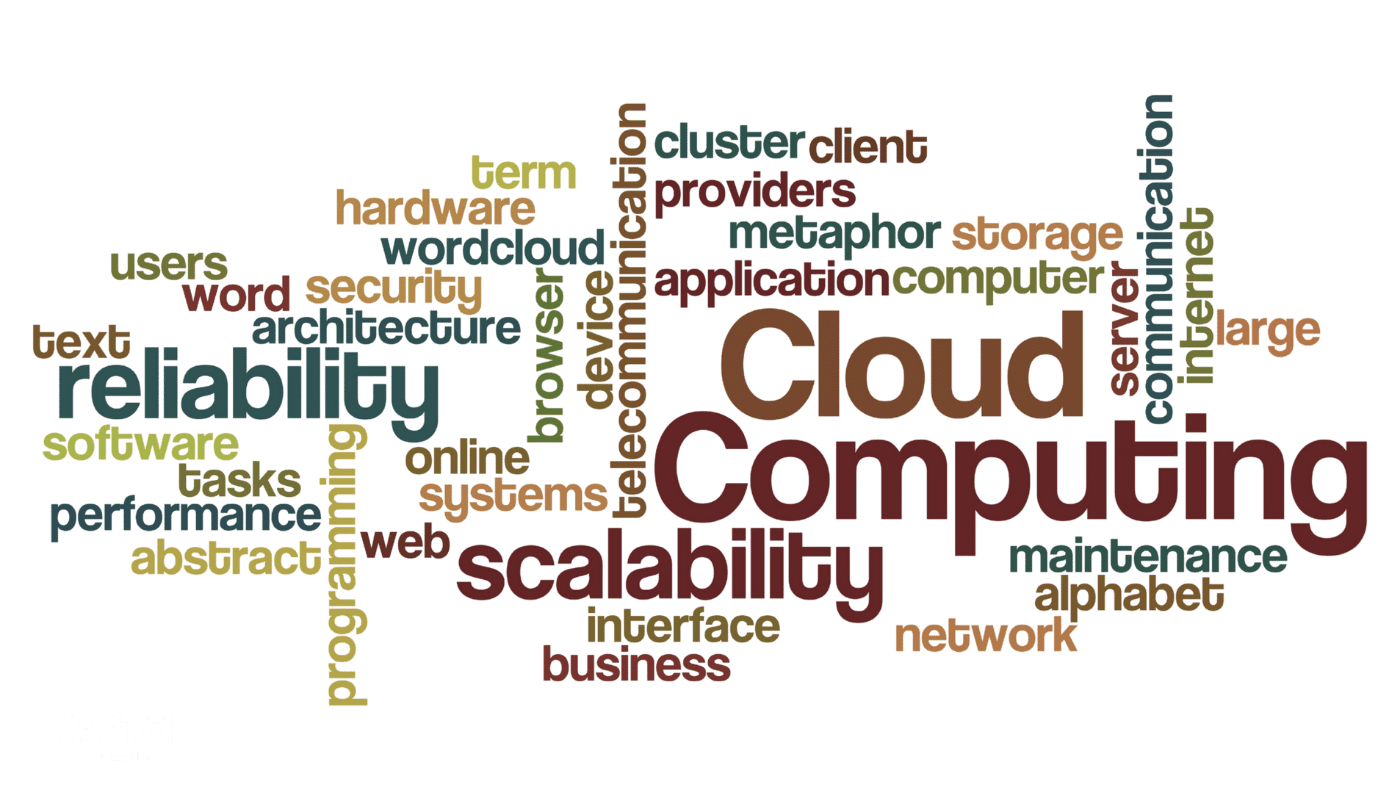The Benefits of Using Cloud Services
The Benefits of Using Cloud Services: Why Modern Businesses Are Moving to the Cloud

In today’s fast-paced digital world, businesses of all sizes are increasingly relying on technology to deliver services, manage operations, and drive growth.
Among the most transformative developments of the last two decades is the rise of cloud computing—a technology that enables businesses to store data, run applications, and manage infrastructure over the internet rather than on physical hardware they own.
Cloud services like Amazon Web Services (AWS), Microsoft Azure, and Google Cloud Platform (GCP) offer access to powerful computing resources without the need to invest in and maintain expensive equipment. These services are designed, built, and maintained by some of the world’s most talented engineers, giving businesses the opportunity to "rent" infrastructure that would otherwise cost millions of dollars to build.
So, what exactly are the benefits of using cloud services?
Let’s break it down.
1. Cost Efficiency and Scalability
One of the biggest advantages of cloud services is the cost savings. Traditional IT infrastructure requires significant upfront investment in servers, storage, networking equipment, and cooling systems. On top of that, there's the cost of hiring skilled professionals to manage everything.
Cloud services eliminate the need for capital expenditure. Instead, you pay for what you use—whether it’s computing power, storage, or networking resources. This “pay-as-you-go” model is not only more cost-effective but also allows businesses to scale resources up or down depending on demand.
Whether you're a startup needing minimal resources or a large enterprise requiring thousands of virtual machines, cloud platforms offer flexibility to grow without major infrastructure changes.
2. Access to World-Class Technology
When you use services like Amazon Web Services, you are essentially tapping into infrastructure developed and maintained by some of the best engineers in the world.
These platforms are highly secure, incredibly fast, and engineered for reliability. Instead of building and maintaining your own data centers, you can access enterprise-grade technology built by experts—with all the updates, optimizations, and innovations taken care of.
This also means access to cutting-edge technology like AI, machine learning, big data analytics, serverless computing, and IoT platforms, which would otherwise be cost-prohibitive or technically challenging to implement.
3. Global Reach and Availability
Cloud platforms operate across global networks of data centers, allowing businesses to deploy applications and services closer to their customers, no matter where they are in the world.
This not only improves latency and performance, but also allows businesses to offer highly available and geographically redundant services.
For example, if you run an e-commerce business that serves customers in North America, Europe, and Asia, you can deploy your application in data centres on each continent. This ensures faster load times and better user experiences for customers globally.

4. Reliability and High Availability
Cloud services offer built-in redundancy and disaster recovery options, making them far more reliable than traditional on-premises solutions. Data is often stored across multiple physical locations, ensuring that even if one server or data center fails, your applications and data remain accessible.
With features like auto-healing infrastructure, load balancing, and automatic backups, businesses can significantly reduce the risk of downtime or data loss.
Cloud providers typically offer Service Level Agreements (SLAs) guaranteeing uptime levels of 99.9% or higher—levels that are often difficult to match with in-house IT systems.
5. Security at Scale
Security is a top priority for all cloud service providers. With multi-layered security frameworks, end-to-end encryption, regular audits, and compliance certifications (like ISO, SOC, and GDPR), cloud platforms offer a level of protection that most businesses simply can’t achieve on their own.
Providers like AWS invest billions of dollars in cybersecurity, including firewalls, intrusion detection systems, identity and access management, and threat intelligence. In addition, businesses can customize their own security settings, enforce user permissions, and monitor activity through advanced logging and alerting tools.
While no system is immune to threats, the security posture of major cloud platforms is among the best in the world—and constantly improving.
6. Faster Time to Market
Cloud services allow businesses to move from idea to implementation in record time.
With pre-built services and infrastructure ready to go, you can:
- Launch new applications quickly
- Prototype new products
- Run experiments
- Deploy updates seamlessly
There's no need to wait weeks for servers to arrive or for infrastructure to be configured. Instead, you can spin up a new virtual server or launch a managed database with just a few clicks.
For startups and innovators, this agility can make the difference between staying ahead of the competition or falling behind.
7. Improved Collaboration and Remote Work
Cloud services enable seamless collaboration and remote access to tools, files, and applications. Employees can access data from anywhere with an internet connection, making it easier to support hybrid and remote work environments.
Tools like Google Workspace, Microsoft 365, and cloud-based project management platforms (e.g., Jira, Trello, Asana) are powered by cloud infrastructure.
This promotes real-time collaboration, file sharing, and communication across departments and geographic locations.
8. Automatic Updates and Maintenance
Managing on-premises infrastructure means regularly updating hardware, applying software patches, and performing system maintenance. In the cloud, these responsibilities shift to the service provider.
You benefit from:
- Automatic updates
- Security patches
- Performance enhancements
- New feature rollouts
This reduces the burden on your IT team, lowers maintenance costs, and ensures your systems are always up to date with the latest technologies.
9. Environmental Sustainability
Cloud providers are increasingly committed to green computing. Companies like Google and Microsoft run their data centers on renewable energy and are working toward carbon neutrality.
By moving to the cloud, businesses can reduce their carbon footprint by sharing computing resources in highly optimized data centers that consume less power per unit of computation compared to traditional on-premises servers.
This aligns with growing environmental, social, and governance (ESG) goals and can be a selling point for eco-conscious customers.
10. Innovation at Your Fingertips
Cloud platforms are not static. They’re constantly evolving, with new tools, integrations, and services added regularly. Whether you want to explore machine learning, blockchain, data lakes, edge computing, or augmented reality, cloud platforms give you access to cutting-edge technology without having to build it from scratch.
This democratizes innovation. Even small businesses and solo developers can experiment with advanced tools once only accessible to tech giants.
Final Thoughts: Why Cloud Services Make Business Sense
In essence, using cloud services is like renting a piece of the world’s most advanced computing infrastructure.
You're leveraging the skills of elite engineers, the investments of tech giants, and the security and performance of enterprise-grade systems—all without needing to build or maintain it yourself.
The benefits of moving to the cloud are hard to ignore:
- Cost savings
- Flexibility
- Global scalability
- Enterprise-level security
- Fast time to market
- Continuous innovation
Whether you're a startup, a mid-sized business, or a multinational enterprise, cloud services provide the foundation to grow, adapt, and compete in the digital age. As more industries digitize and customer expectations evolve, embracing the cloud is not just an IT decision—it’s a business strategy.
So if you’re still on the fence, now might be the perfect time to take your business to the cloud.
You’re not just investing in technology—you’re unlocking potential.




Retail Computer Services P/L
2 James Cook Drive, Diamond Creek Victoria 3089, Australia
Powered by the Kaptol Group
